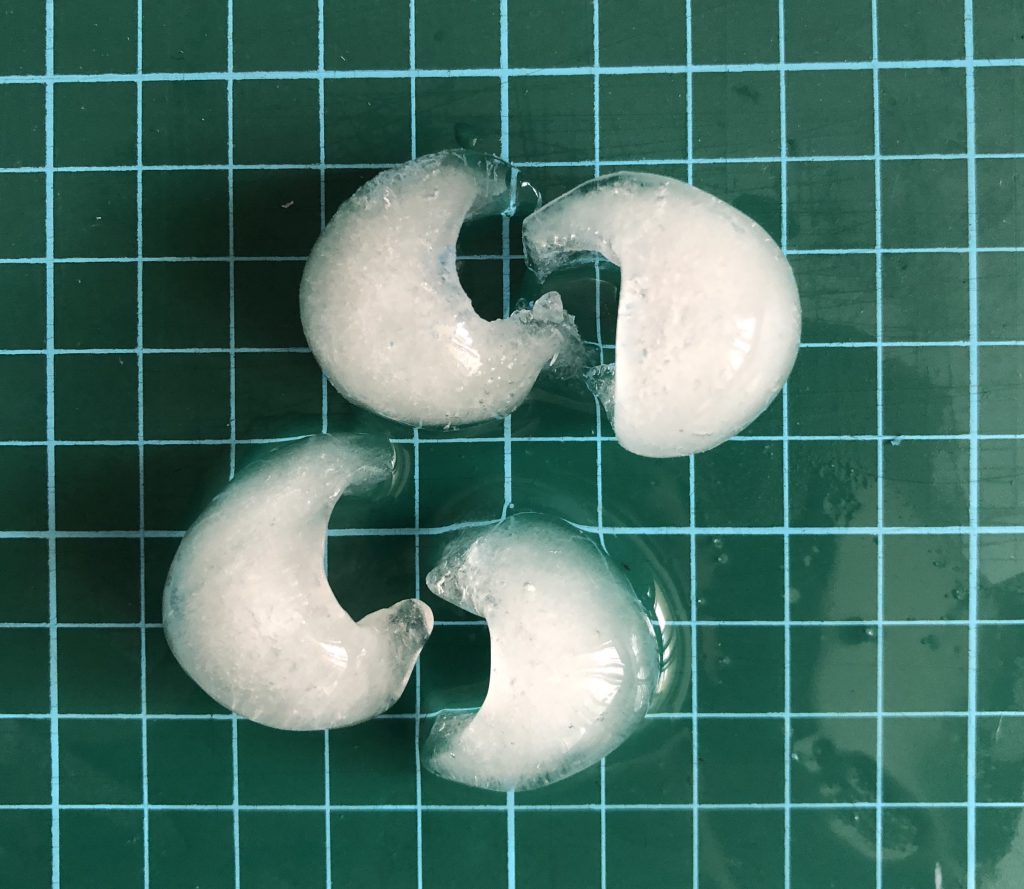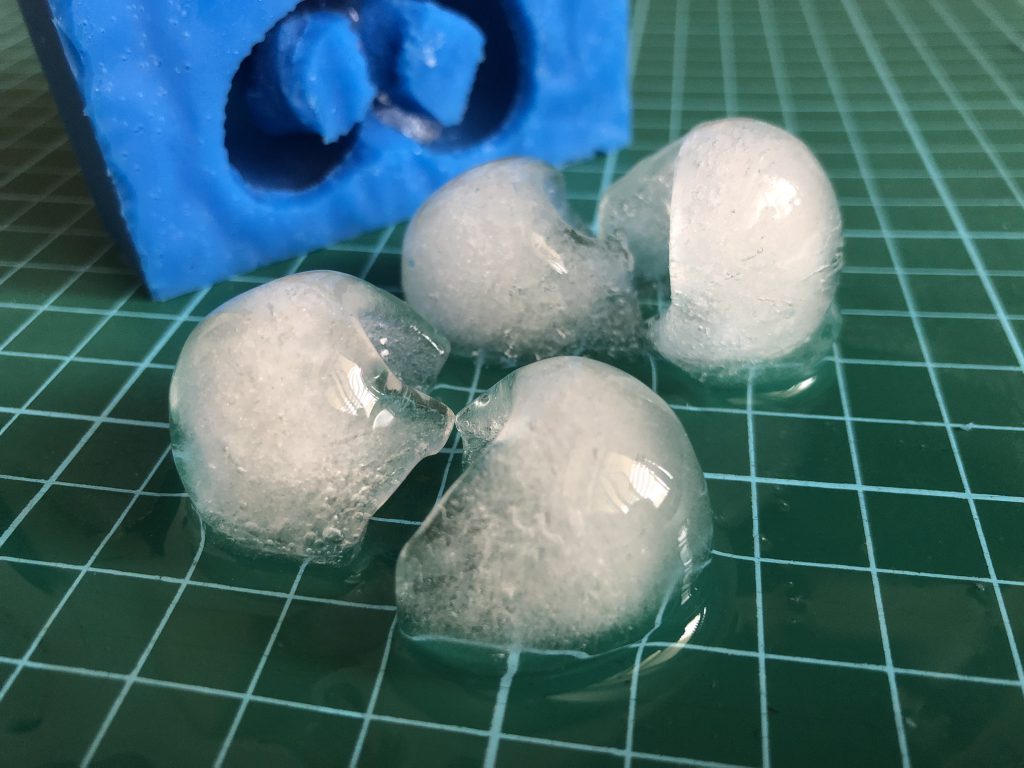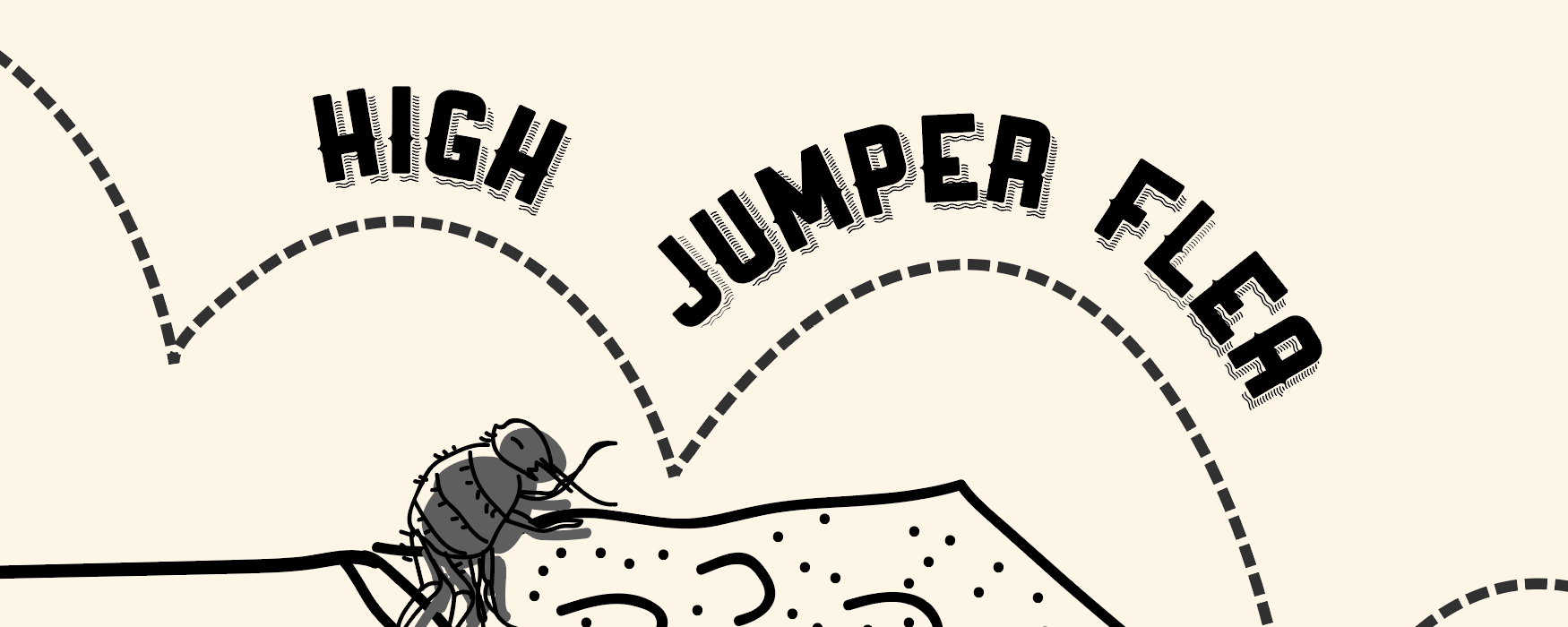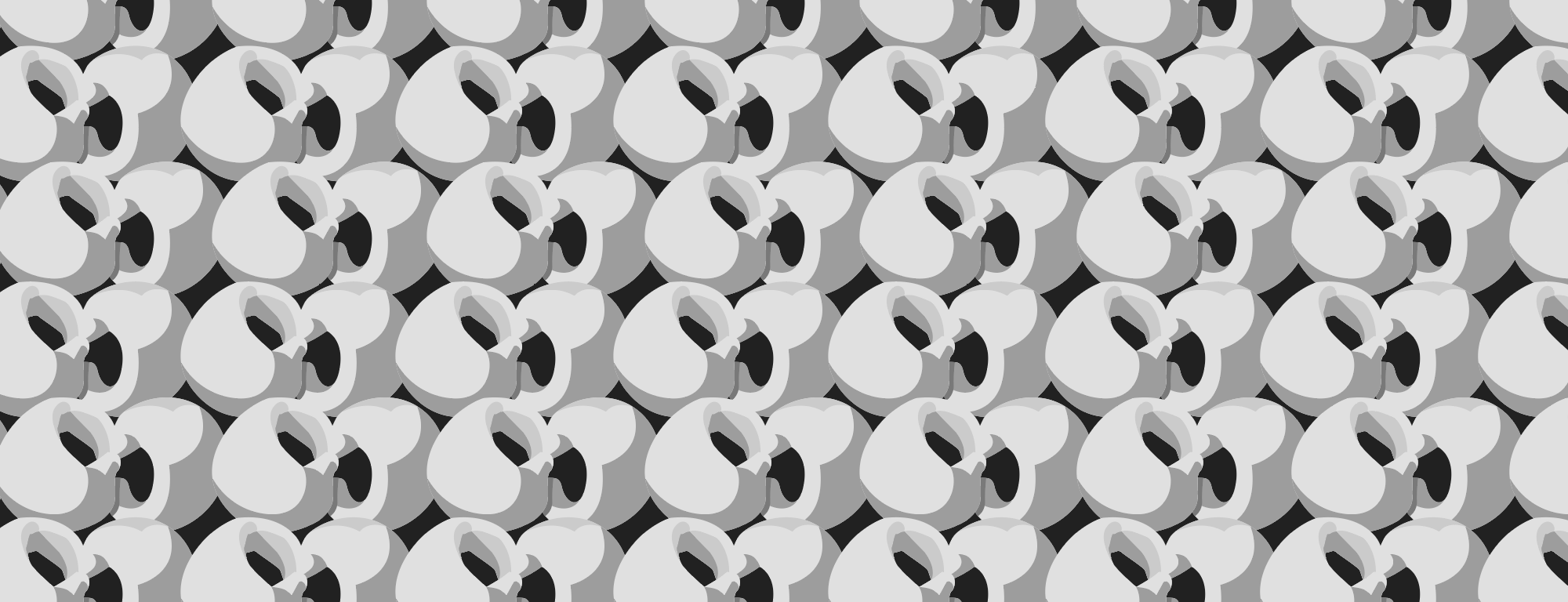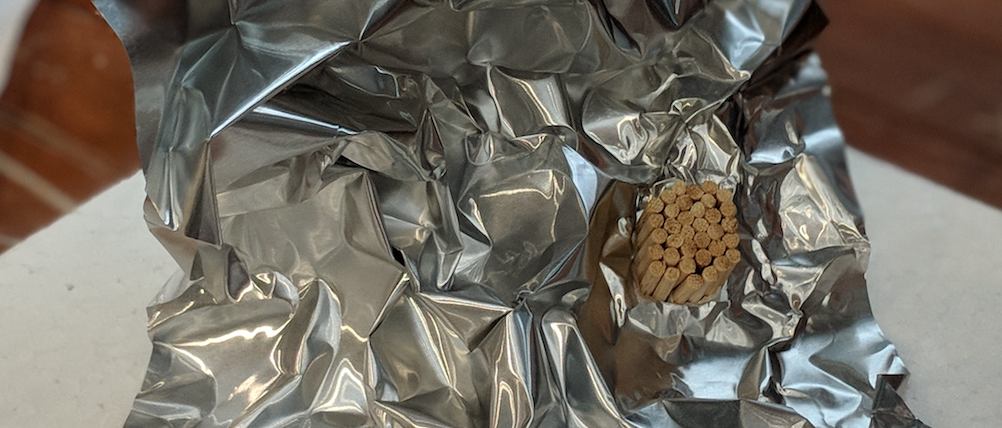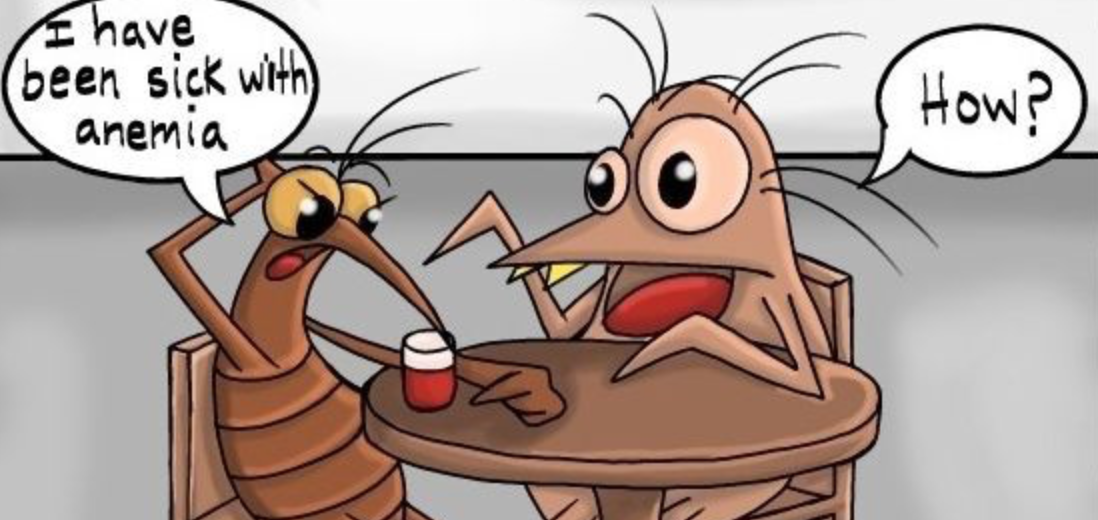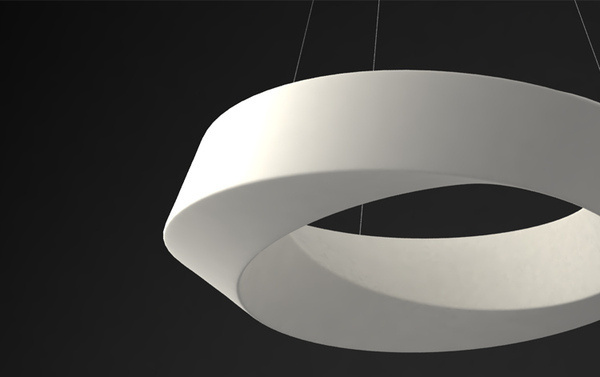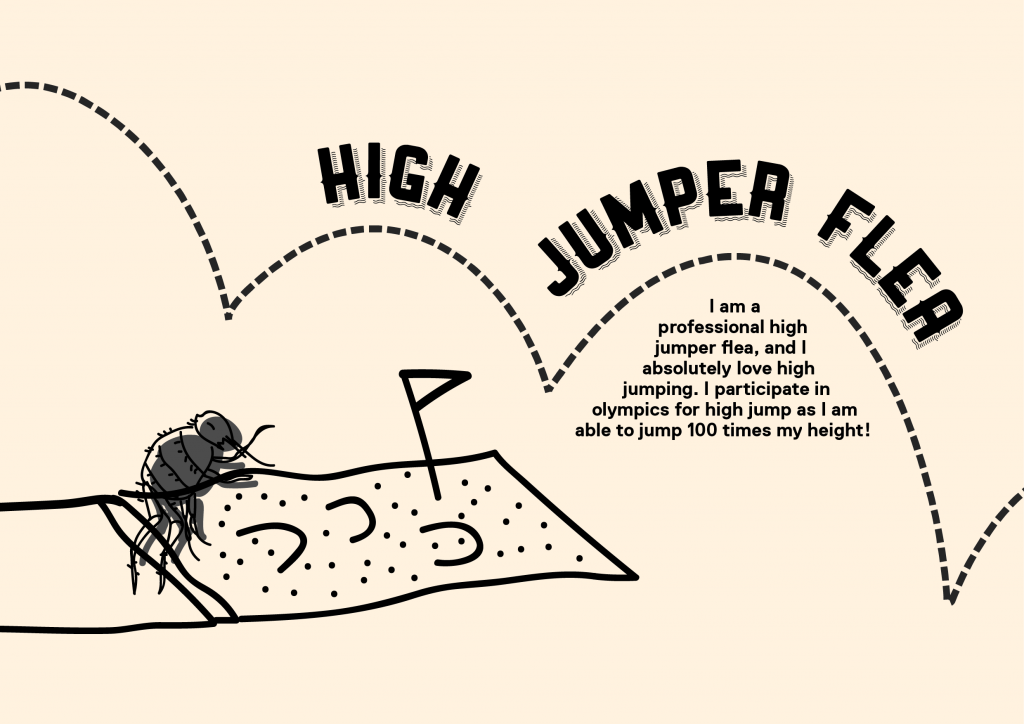
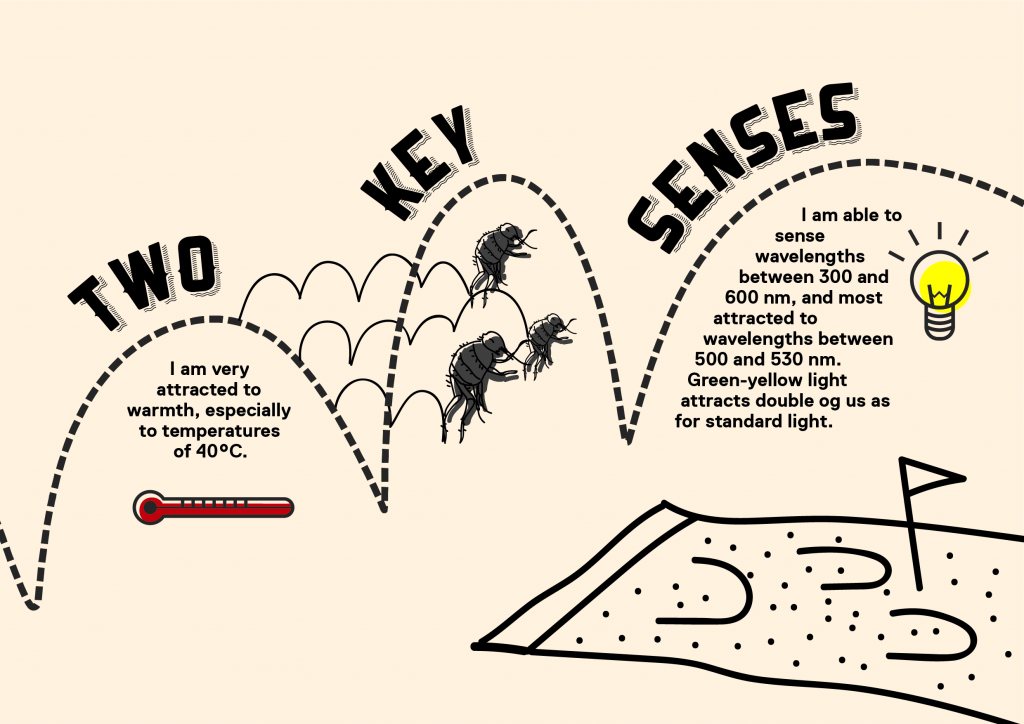
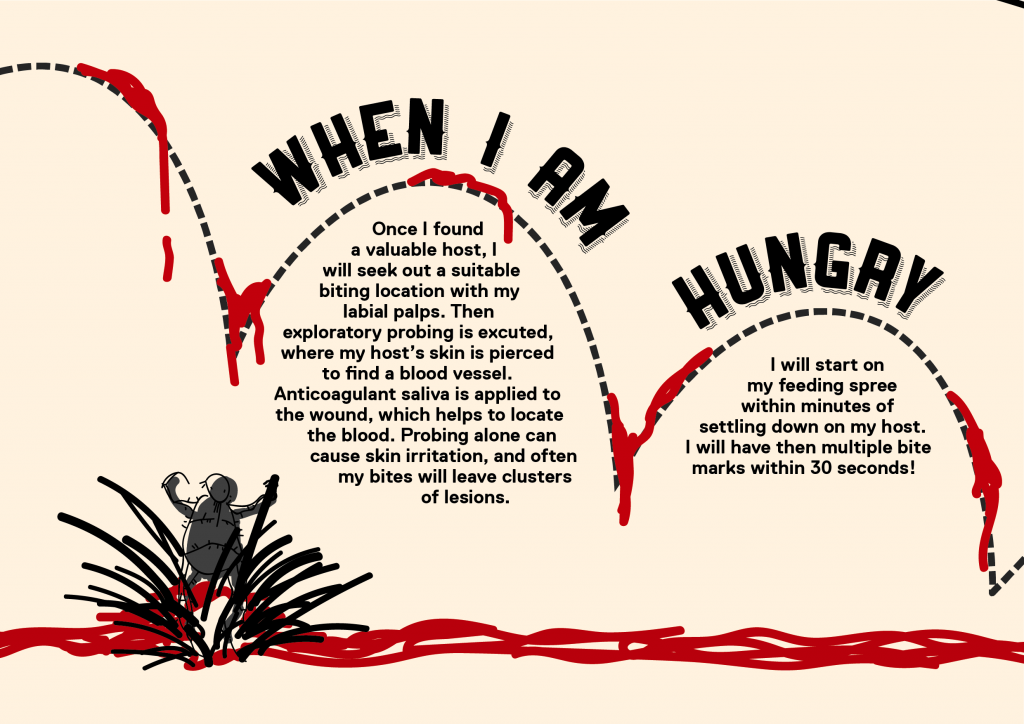
The Infinity
Kokopelli’s Soundshaper – Soundscape Sculptures
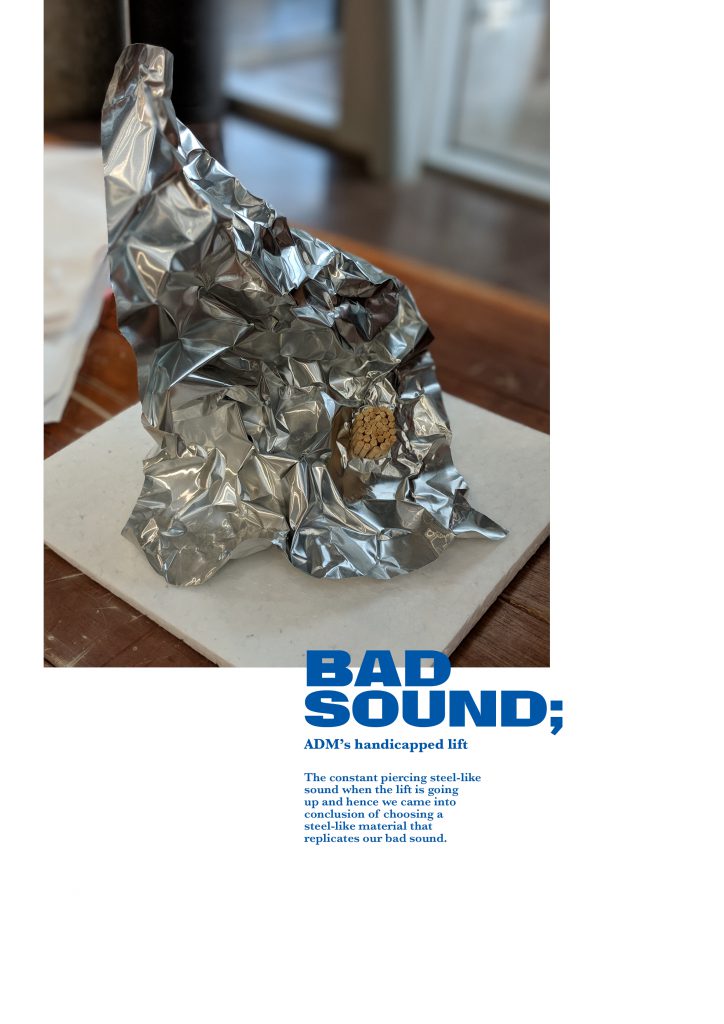
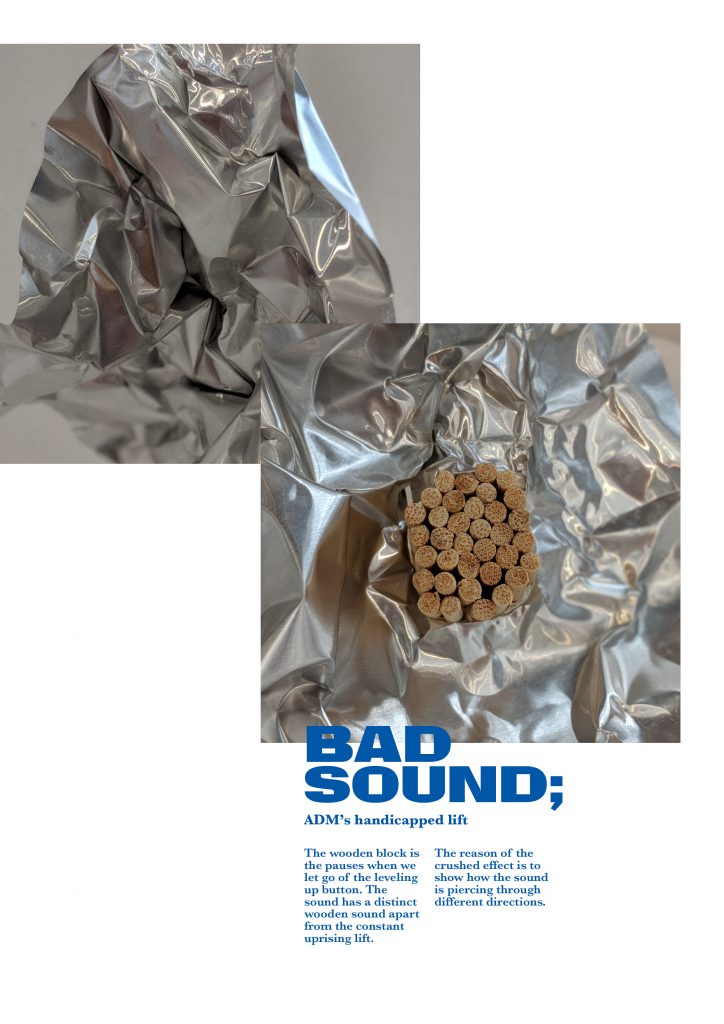
For the continuation of the analysis of the ‘Good Sound’ sculpture, check out Niki’s post at this link: https://oss.adm.ntu.edu.sg/nkoh010/kokopellis-soundshaper-soundscape-sculptures/
Kokopelli’s Sound Shaper – MAHI

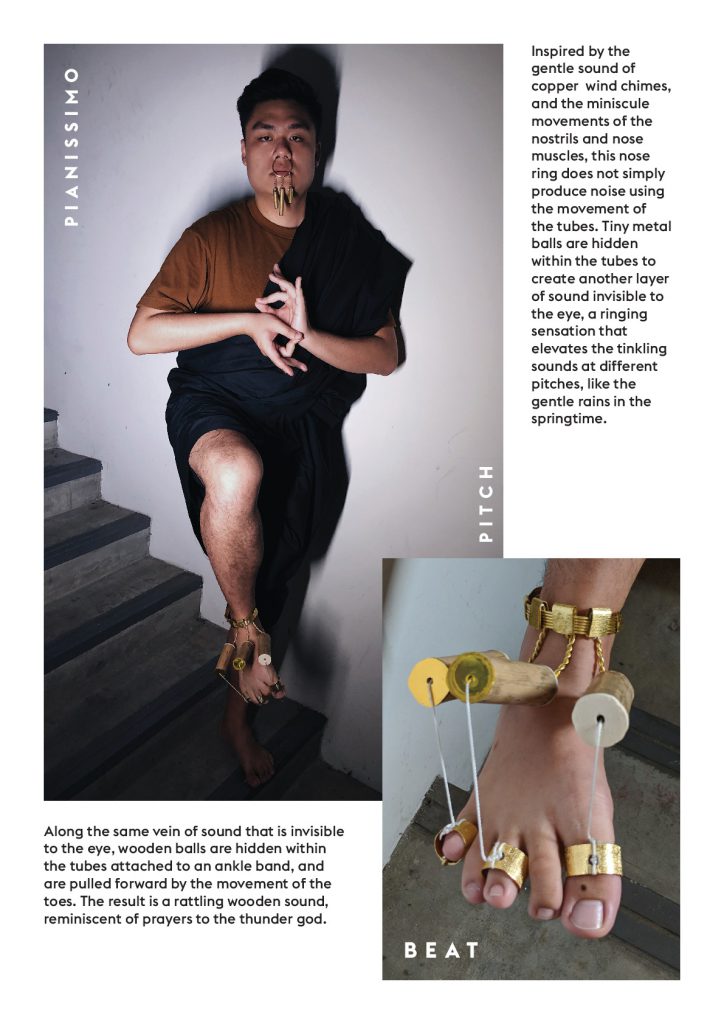

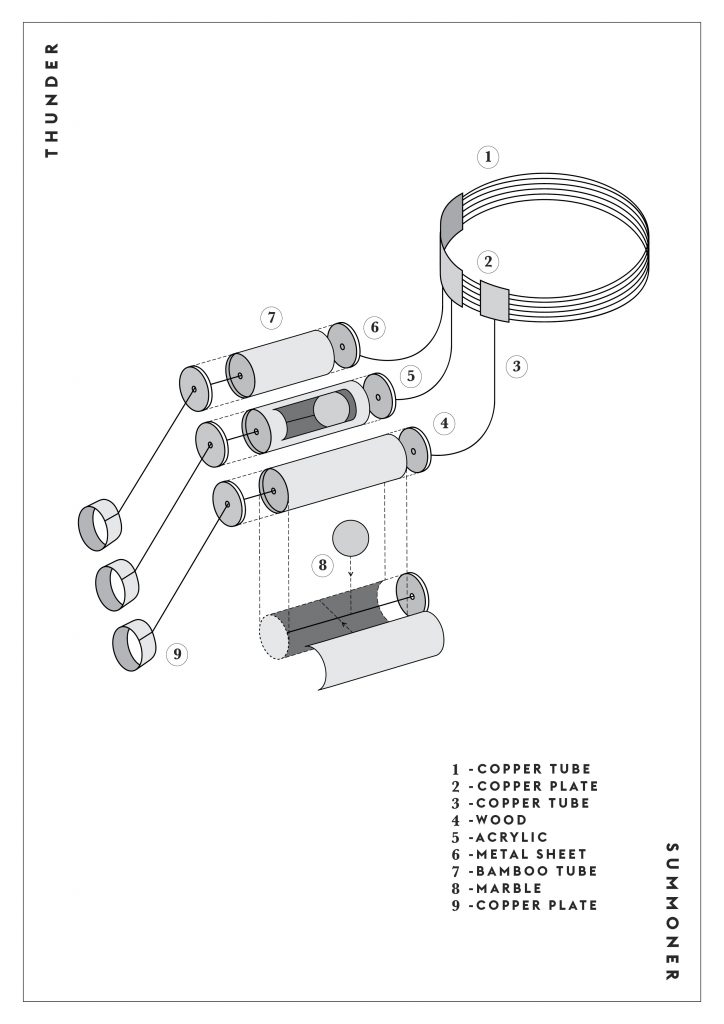
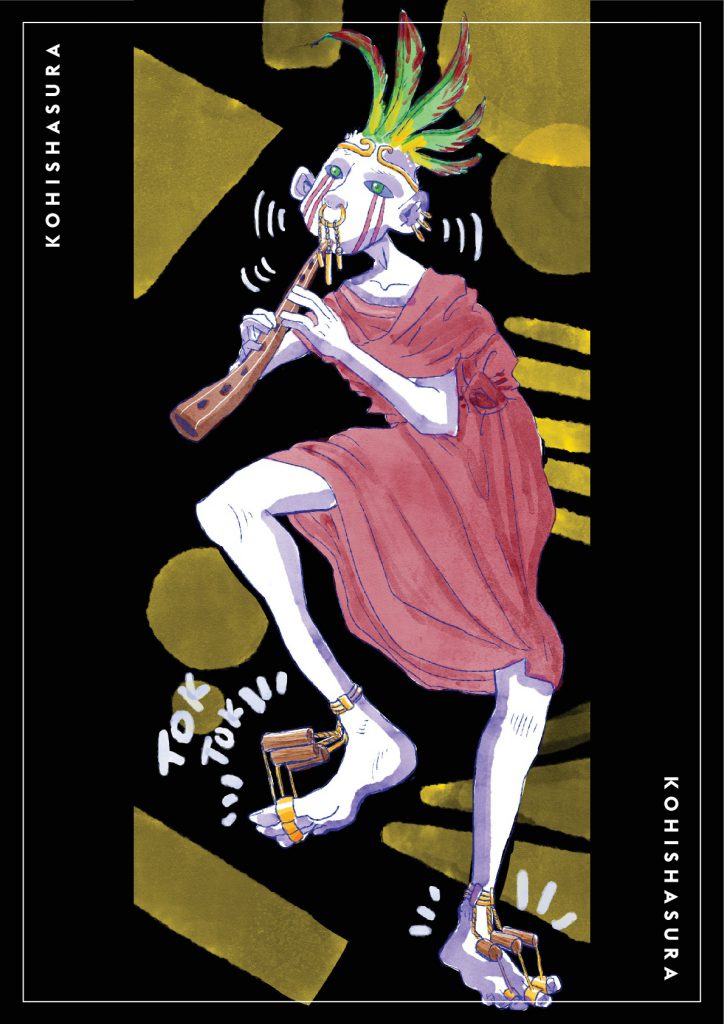
In The Eyes of Kinetic Beasts – Research
A flea also has spines around its head and mouth — the number and shape vary according to the flea’s species. The mouth itself is adapted for piercing skin and sucking blood. Several mouthparts come together to form a needlelike drinking tube.
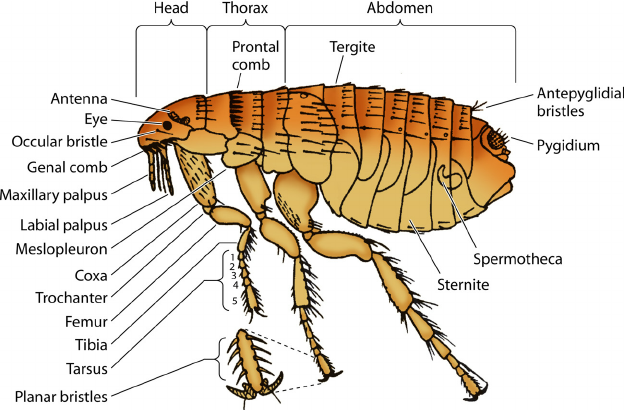
How a flea operates;
- Two sawlike laciniae cut the skin. They also fit together to form a saliva channel.
- The epipharynx is like a needle. The laciniae surround the epipharynx, and together they form the stylet, or puncturing organ.
- The prementum and labial palps form the labium, which supports the stylet.
Fleas and dogs have a symbiotic relationship. In fact fleas can have this symbiotic relationship with any warm-blooded animal. The relationship is a parasitic relationship.
In a parasitic relationship one organism, the parasite, benefits to the detriment of another organism, the host. The dog is a host, it provides a food source (blood) and shelter (the fur) to the parasite the flea.
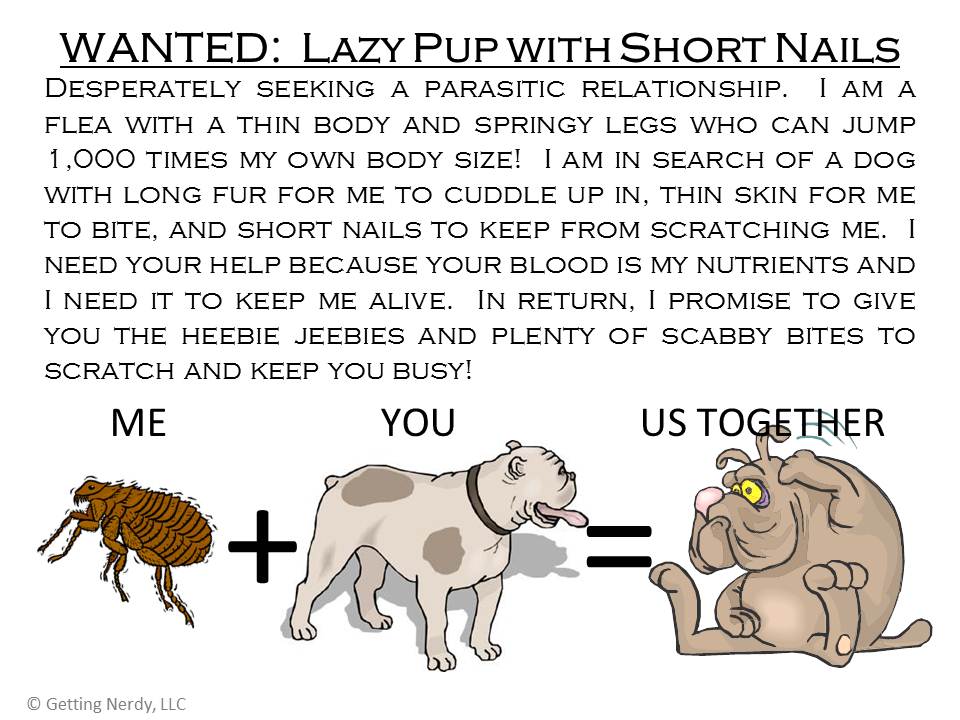
How do fleas jump;
Kokopelli’s Sound Shaper – Research
Body Part | Nose
Function; The two openings in the nose care called nostrils, or napes. They lead to two nasal cavities that are separated by the septum, a wall of cartilage.
- Bone – The bone cane be carefully and minimally shaved down to lower the height of the nasal bridge.
- Cartilage – The cartilage is the most altered part of the nose in rhinoplasties. To decrease the size of the nose in any specific area, cartilage can be strategically sutured without sacrificing the support structure. To increase the size of the nose or provide more structural support, grafts can be made from existing cartilage in the patient’s nasal septum, the ear, or rib cage.
- Nostrils – The nostrils can be made smaller by making an incision right along the alar base and bringing the width inwards.
- Skin – Thick nasal skin is reduced by thinning the fatty tissue underneath the skin.
Movements of a nose
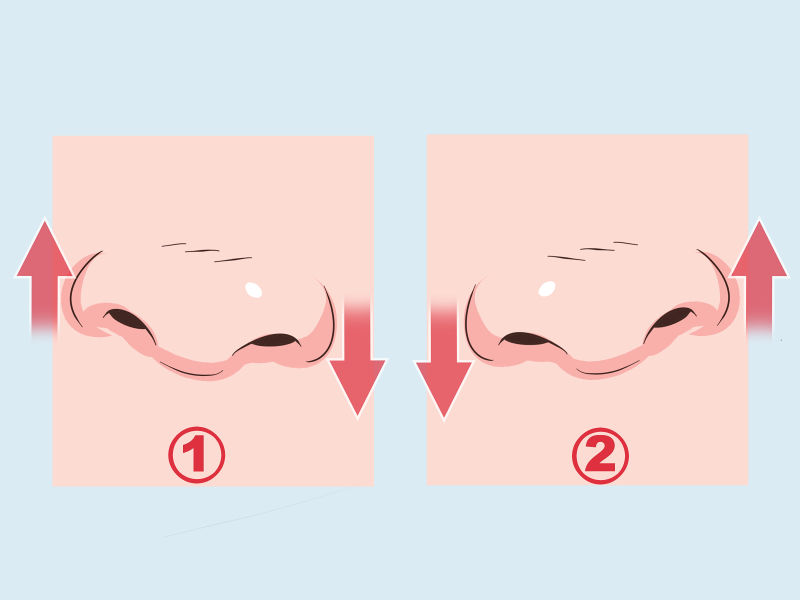
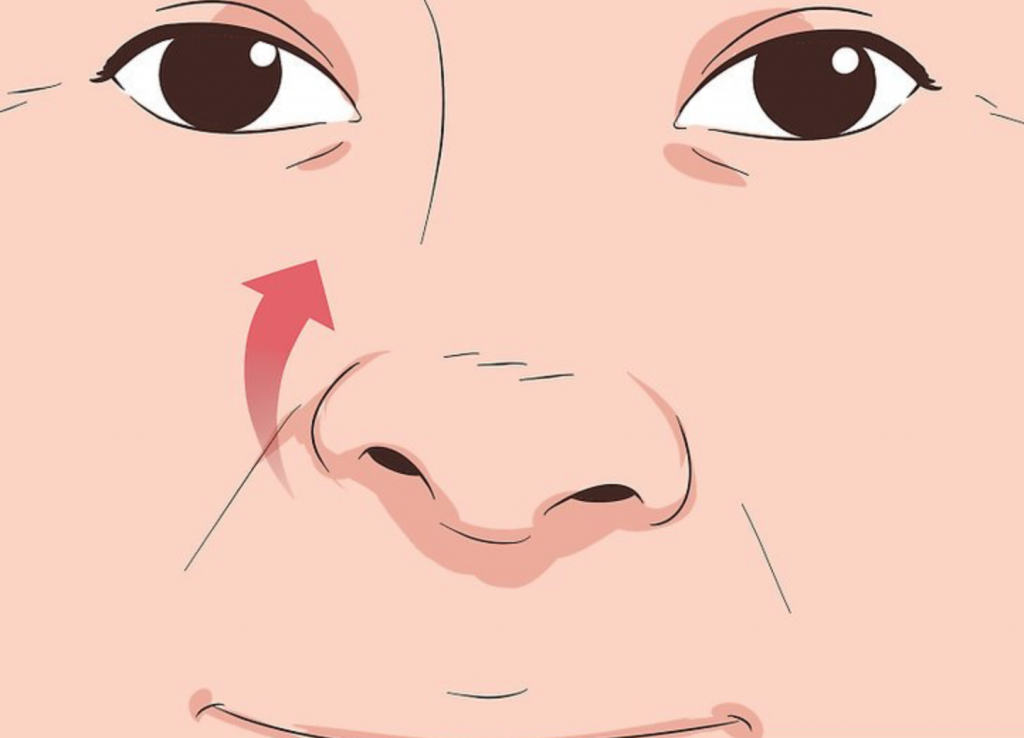
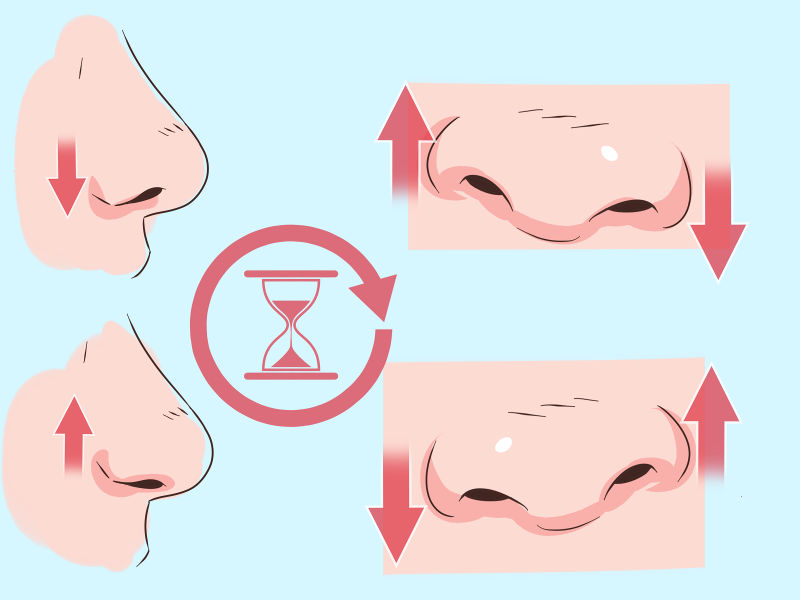
Pandora Revisited
For this assignment, we were to create different modules based on the given 3 keywords. The keywords that I have gotten — Lift, Shift and Reflect.
Module 1
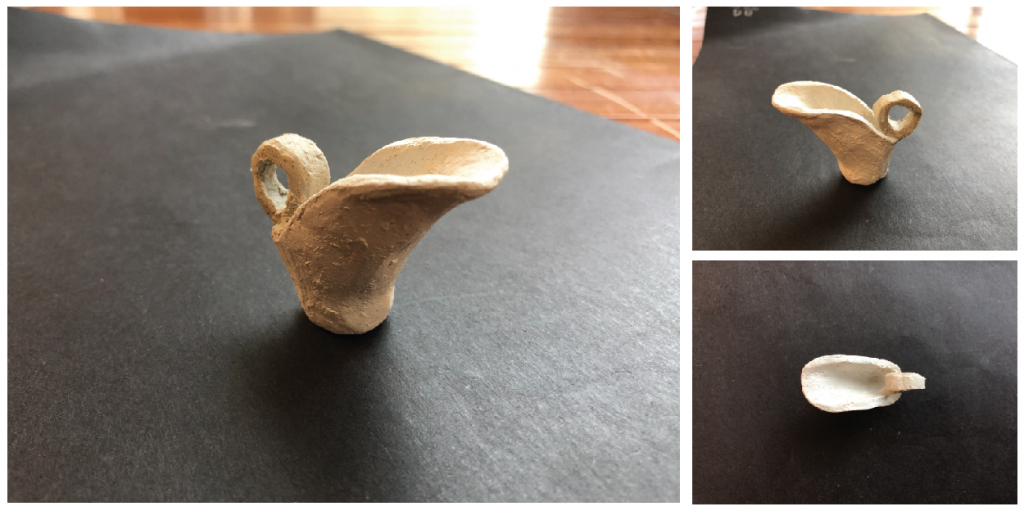
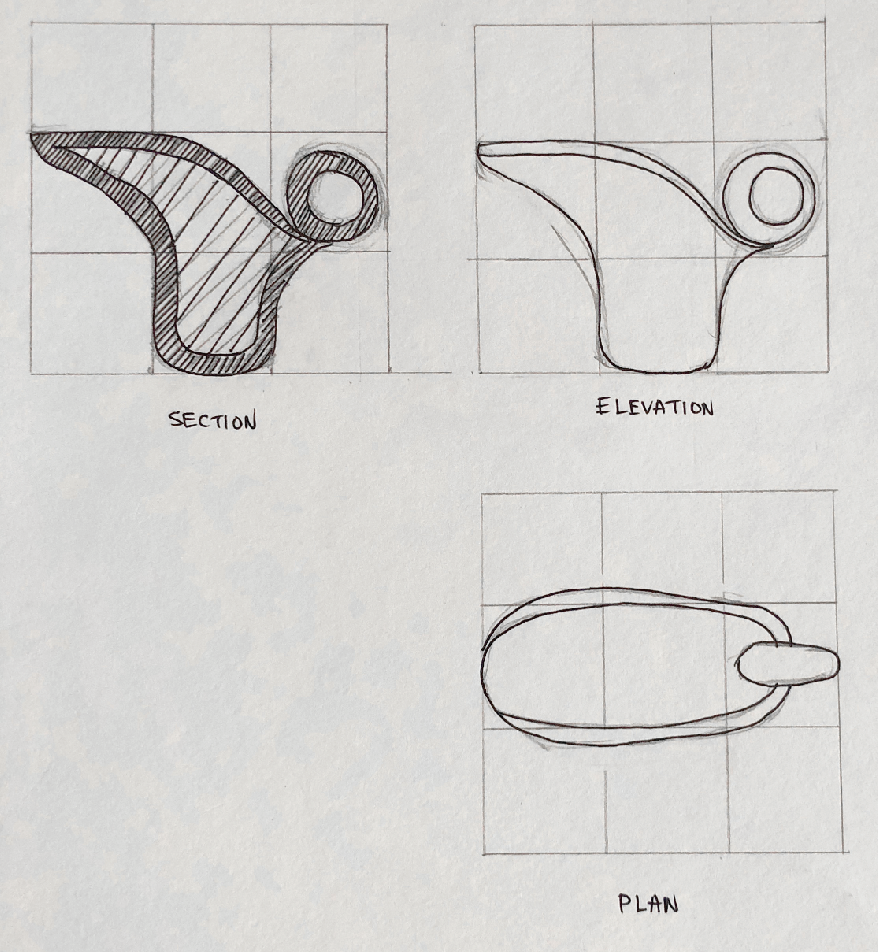
Module 2
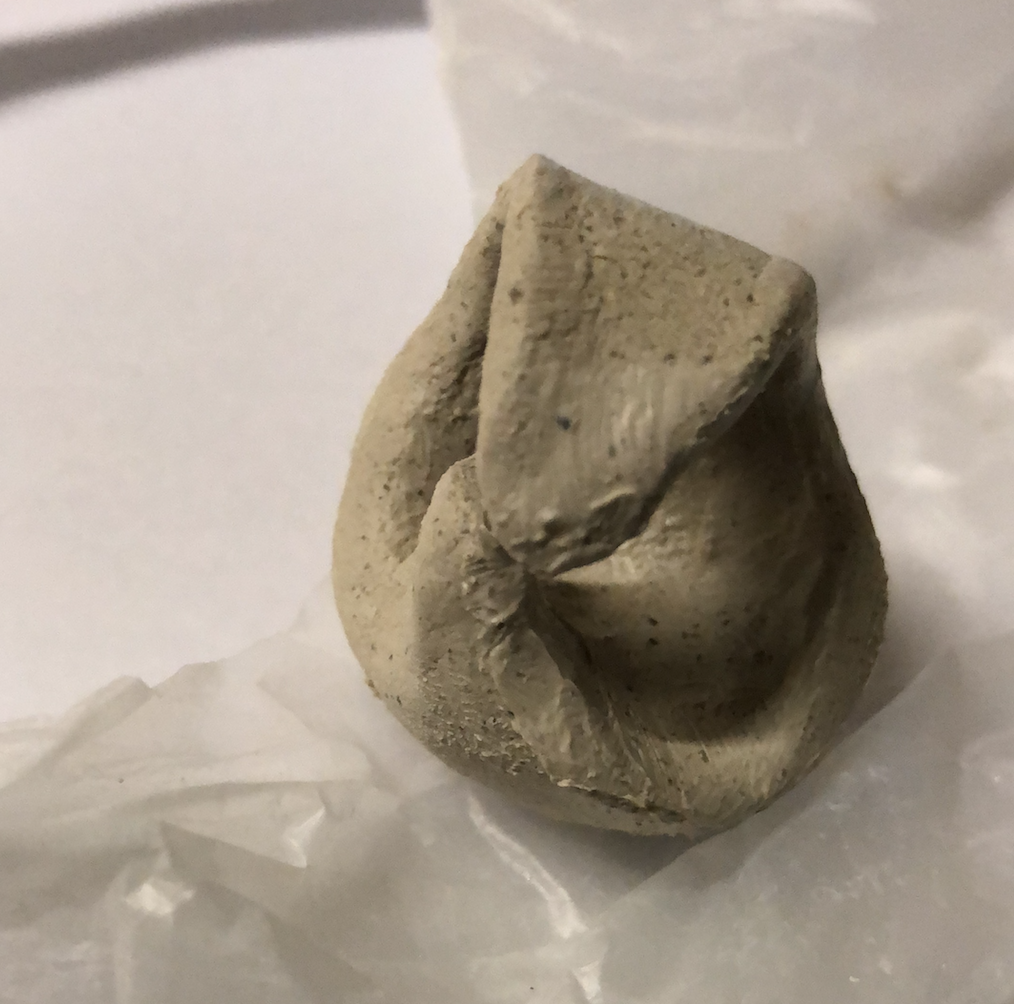
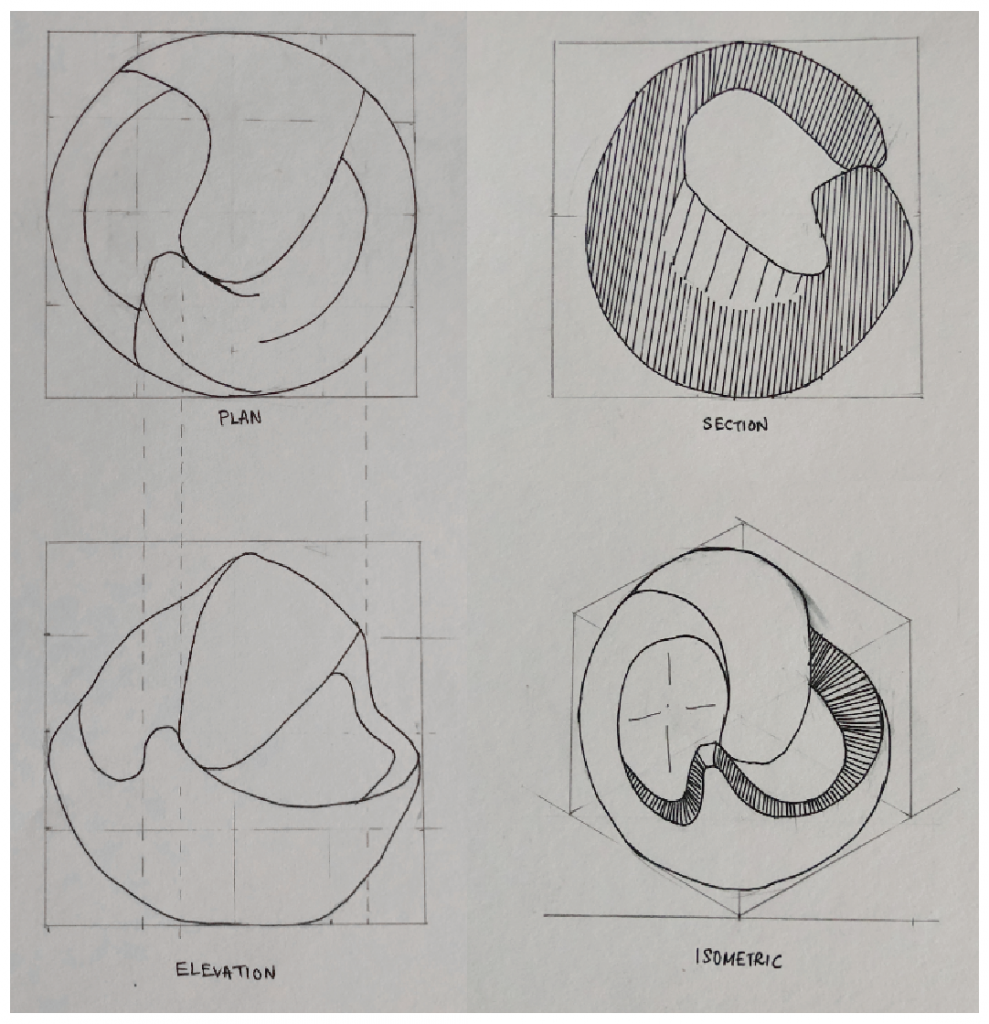
Process
In the end I went with Module 2, it is easily stackable compared to Module 1. For the mould, I tried both of the methods, Latex and Silicon. The silicon method did not work very well, the mould only managed to capture one side of my module. Hence resorted to the latex method…… 10 hours of horror.
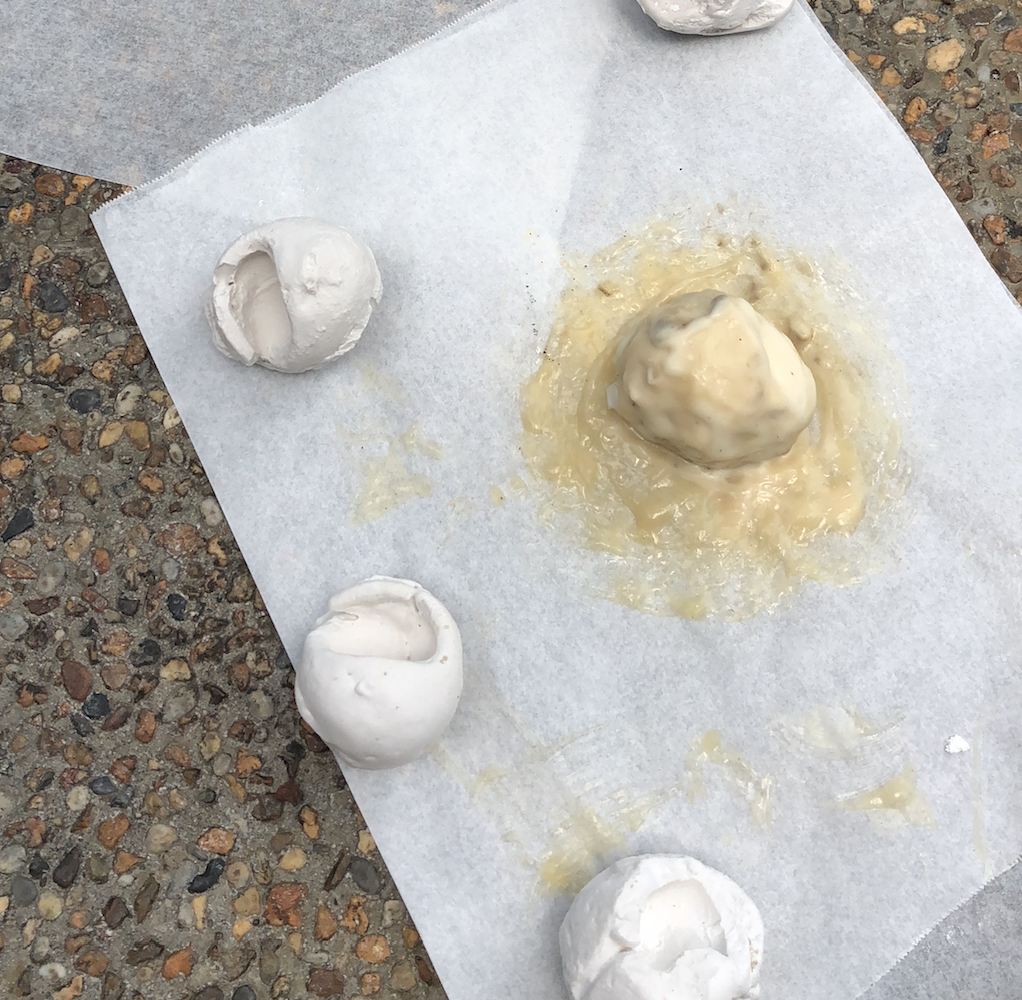
The results were better than I expected compared to the silicon mould. The replicas that came out from the latex mould were as good as the original!
Silicon Casting
Initially I wanted to stack 3 of my modules together creating this spinal cord-like structure. Due to the multiple openings/holes of the modules, the silicon may slipped into the multiple openings and taking the modules out of the cast may be a big problem.
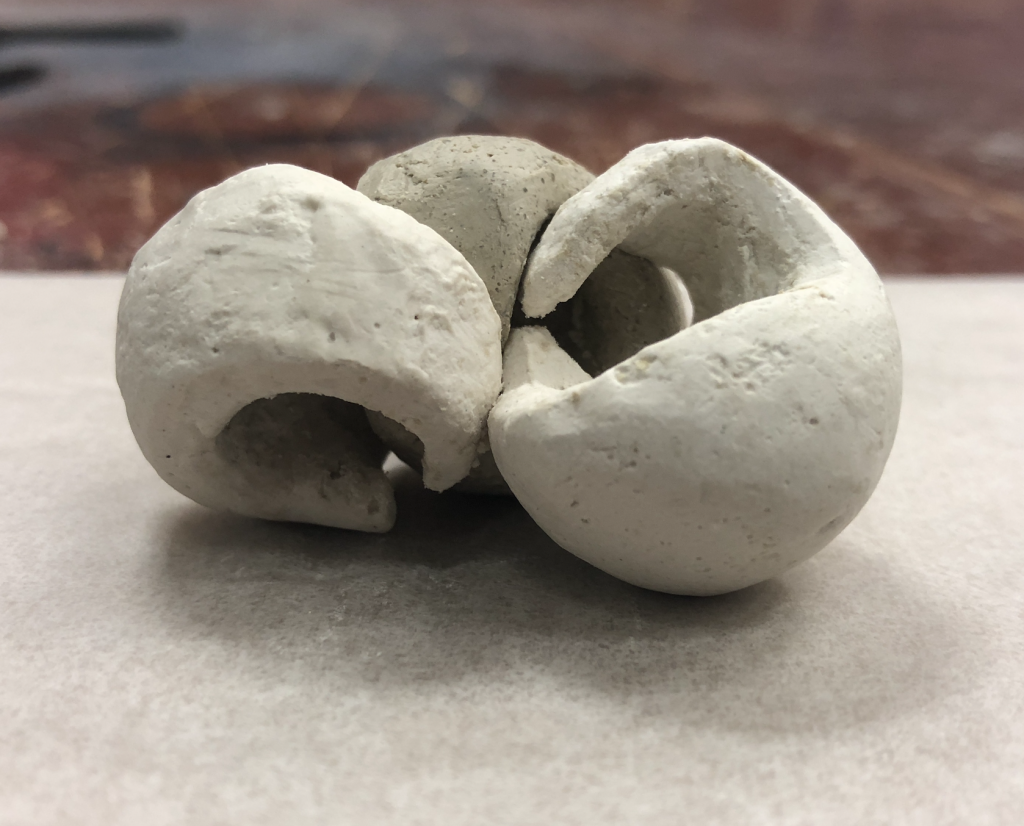
So I went with this structure instead. The modules interlocked with each other which creates an infinity sign.
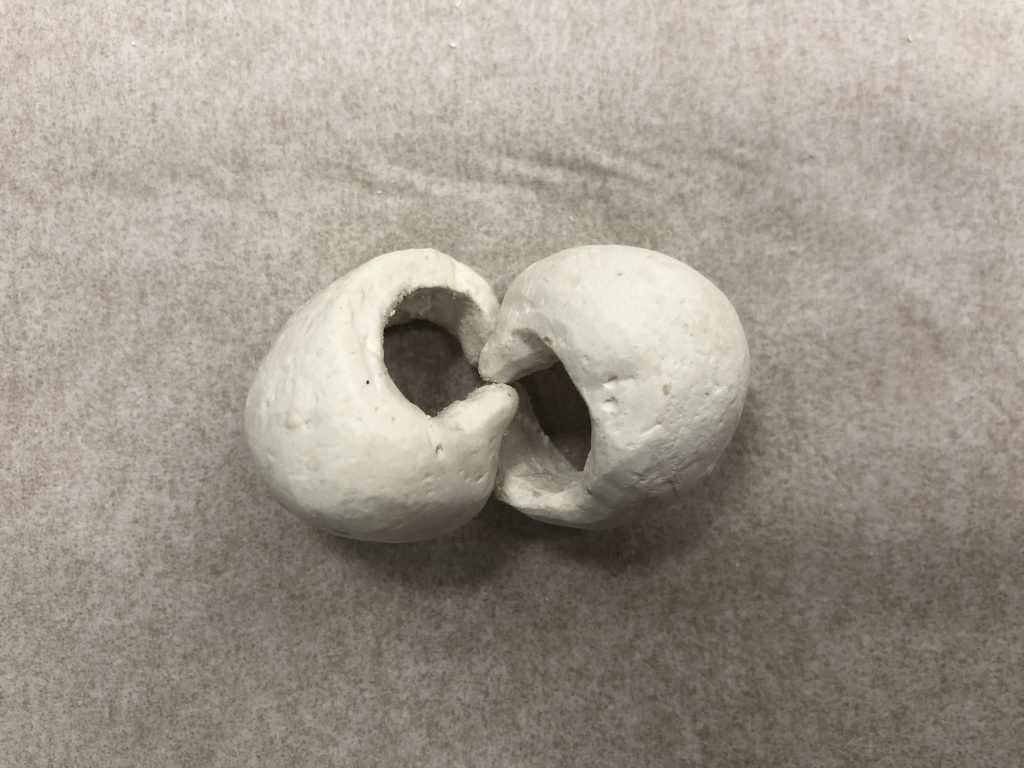
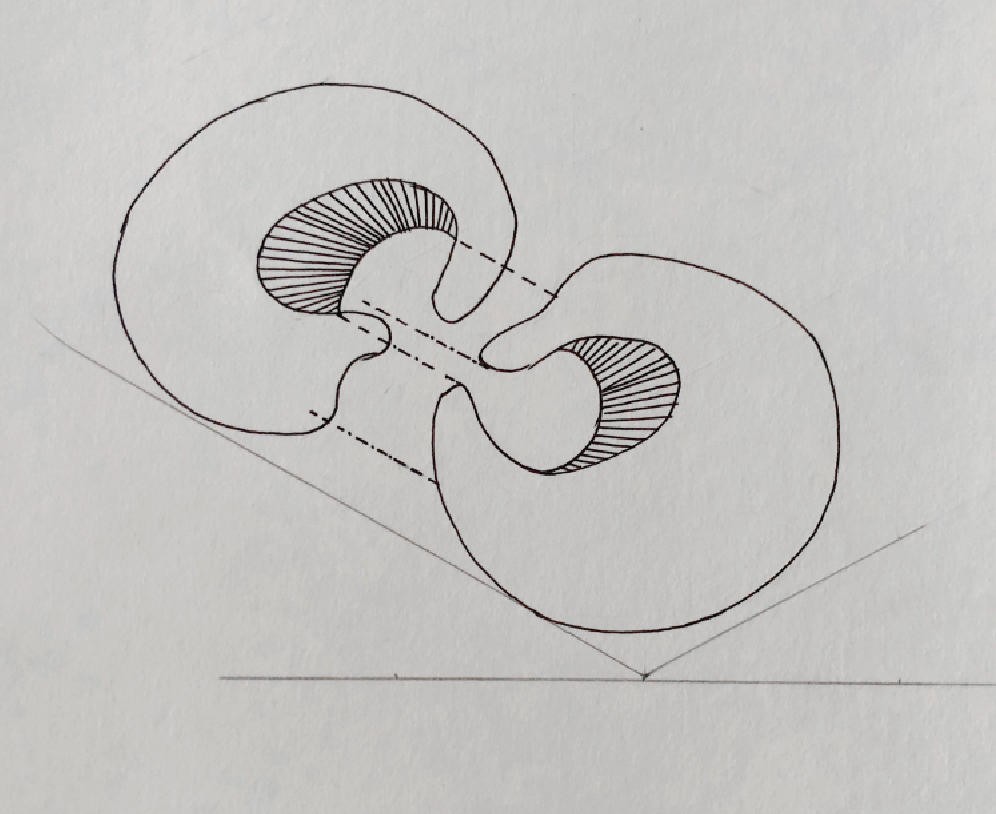
So I placed 4 of the replicas together for the cast.
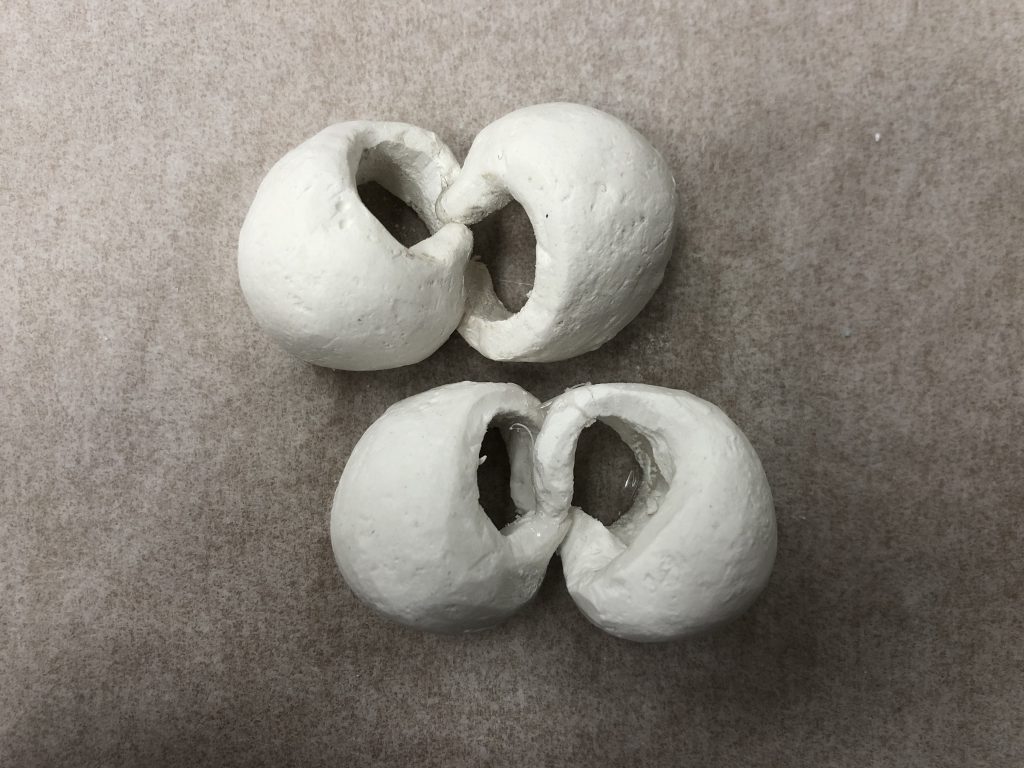
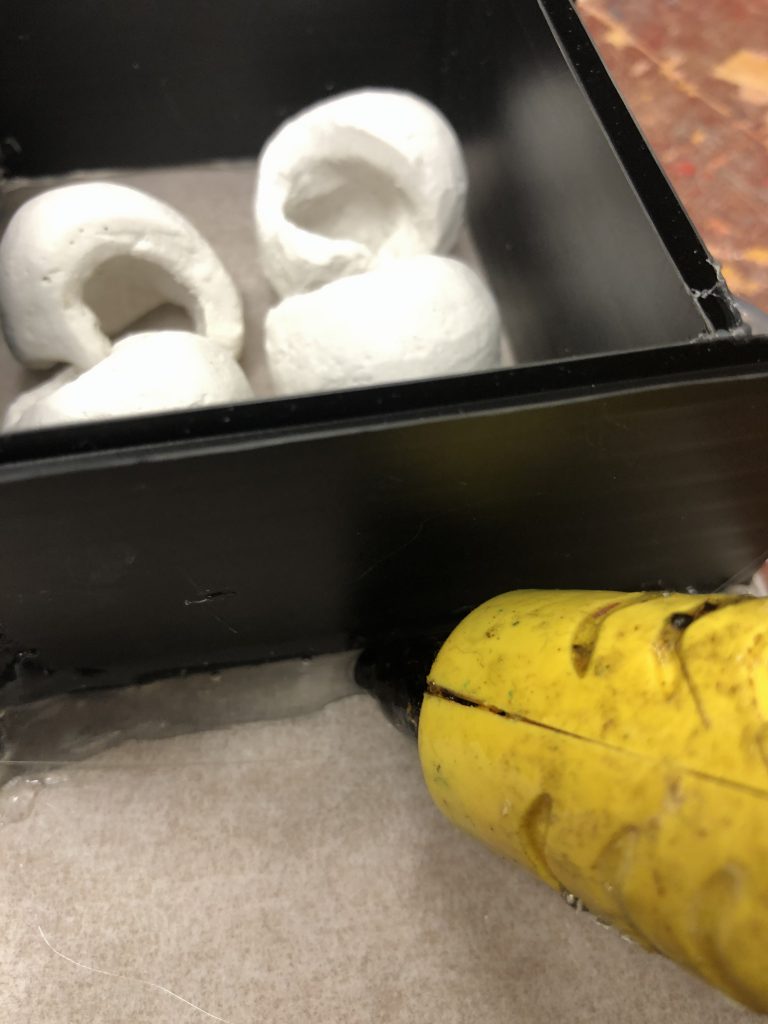
Final ice tray
